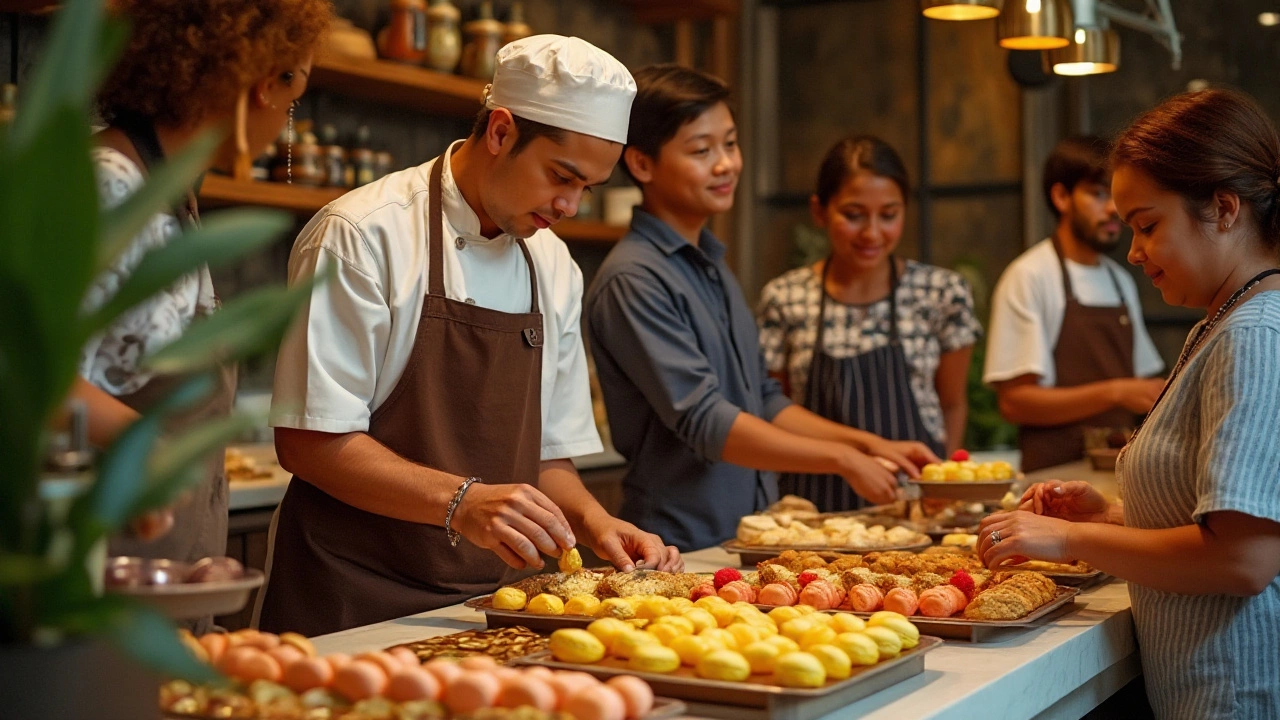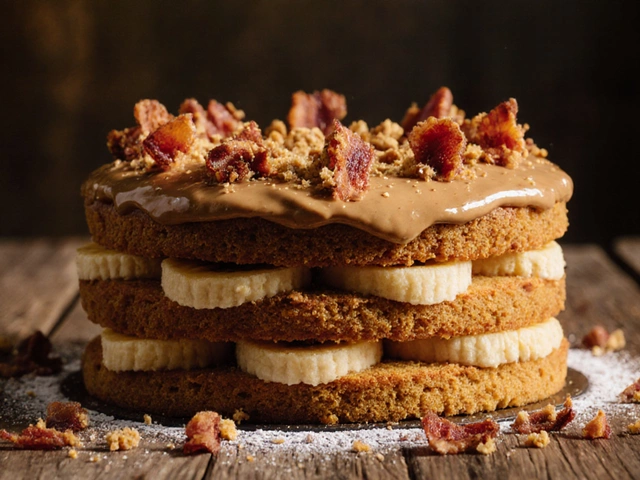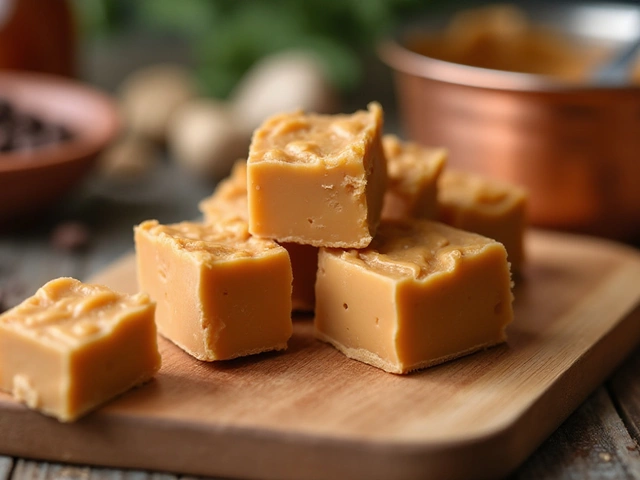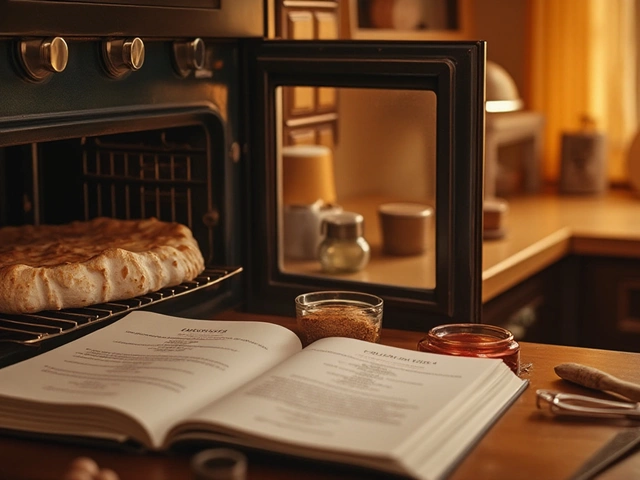Culinary History: The Sweet Stories Behind Your Favorite Treats
Ever wonder why a dessert tastes the way it does or where it first appeared? The answer often lies in a mix of culture, travel, and a dash of luck. Knowing the backstory gives you a deeper connection to what you bake and helps you tell a better story at the table.
Why Knowing Dessert Origins Matters
When you know that tiramisu got its name from an old Italian phrase meaning “pick me up,” you’ll feel more confident adding a splash of espresso for that extra lift. Learning that cannoli were first made by Sicilian pastry chefs for Carnival celebrations explains why they’re usually filled with sweet ricotta – a nod to festive abundance. These details turn a simple recipe into a conversation starter and can even guide you to tweak flavors in a way that respects tradition.
Popular Posts on Our Site
We’ve gathered a handful of articles that dive into the history of beloved sweets. “What Does ‘Tiramisù’ Really Mean? History, Origin, and Sweet Surprises” breaks down the linguistic roots and early recipes. “Who Invented Cannoli? The Sweet Story and Origins of Italy's Iconic Dessert” separates myth from fact and points out regional twists. “King Cake vs Queen Cake: What’s the Real Difference?” compares two cultural staples and shows why one’s tied to Mardi Mardi and the other to British royalty.
These reads are short, practical, and packed with neat facts you can drop into a dinner party chat. They also link to step‑by‑step guides, so you can try a historically accurate version without needing a culinary degree.
Beyond the big names, we explore everyday items too. Posts about fudge temperature, brownie freshness, and gluten‑free cake density all include a tiny history note – like how the soft‑ball stage got its name from early candy makers testing sugar with a simple ball test. Knowing the “why” behind a temperature range makes it easier to trust the process.
Want to put your new knowledge to work? Try adding a historical twist to a classic recipe. Use traditional ingredients mentioned in the articles, such as authentic Italian espresso for tiramisu or a splash of brandy in a classic British fruit cake. The result is a dessert that tastes familiar but carries a story you can share.
Bottom line: culinary history isn’t just for scholars. It’s a toolbox that helps you bake smarter, talk better, and enjoy food on a deeper level. Browse the posts, pick a story that sparks you, and give your next bake a tasty backstory. Your taste buds—and your guests—will thank you.

The Journey of Macarons to Brazil: A Sweet Odyssey
The arrival of macarons in Brazil is a tale of cross-cultural exchange. From their French origins, these delicate confections found their way into Brazilian bakeries. This story explores who brought macarons to Brazil and how they have been embraced in Brazilian culinary culture, merging traditional flavors with innovative twists.
View More




